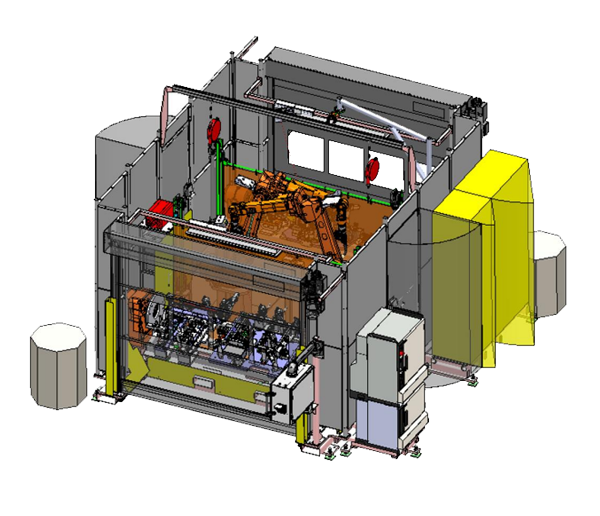Industry:
Exploring our case studies will give you a clear idea of how ACRO provides solutions for our clients. In the following case, the client was a seating component supplier to OEM automotive customers. The company required a better process for producing and testing seat frame weldments. See how the team at ACRO Automation Systems Inc. was able to find a solution by customizing automation services to meet their needs. System integration is often an integral aspect of what we do.
The ACRO team is capable of producing custom automation products and services. Take a look at this case study to see how we accomplished this for one of our clients:
Processes
The processes included robotic welding, robotic material handling and automated testing.
Company Background
The client is a seating component supplier to OEM automotive customers, and the division is one of the top 5 component suppliers in the world. This customer produces a wide range of auto parts for virtually every OEM auto producer.

Challenge:
The customer wanted a better process to produce and test their seat frame weldments. They needed the process to use less manual labor and automatically test every assembly. They also required that the system should accommodate different sizes and features, such as power vs manual seats, which involve different processes.
Assessment:
In order to reduce the manual labor, robots for material handling and assembly would be needed, along with conveyors to transfer the parts between cells. Multiple lines would be required for the different sizes. Then, they would be combined in a single test cell to meet the cycle time and floor space requirements.
Once the frame components were loaded in the first weld cell, the team collaborated to develop a system to produce the seat frames with limited manual labor. These were the steps we took to find a solution that would work well for the client:
01
The robotic MIG weld cells were designed to produce both part sizes while maintaining separation of part flow with multiple cells feeding a single pallet conveyor to the next operation.
02
The back panels were assembled and spot welded to the MIG welded frame, using a pair of material handling robots to load components and move the assembly through the spot welder for the dozen-plus weld locations.
03
Next, welds were monitored and components were checked on every part, with problem parts automatically placed in the reject station via the robot.
04
The completed frames were transferred to an assembly station, where operators attached additional components to complete the seat back.
05
A large robot picked up a set of backs and loaded them in an automatic alignment station that robotically welded the last feature. The large robot removed the parts and loaded them in the automatic test stations.
06
The testing process verified the proper function of the seat back mechanisms. The robot placed the accepted parts on the exit conveyor and the failed parts in the reject station.
The new system was a success for the customer, achieving the objectives of a less manual operation, fewer operators and a more consistent process. The system produced a set of parts in less than 80 seconds, with a total of 10 robots and 6 operators. Now, the robots are always on the move, providing consistently strong ROI for the customer.